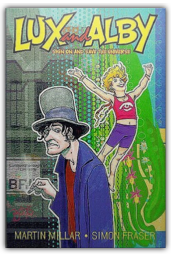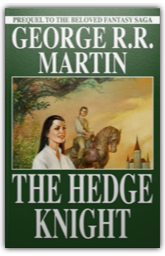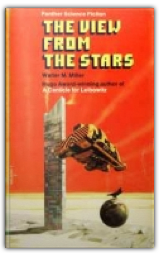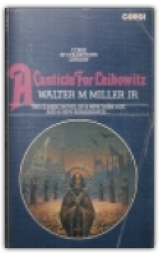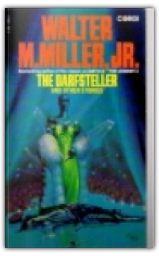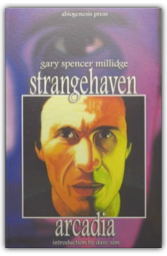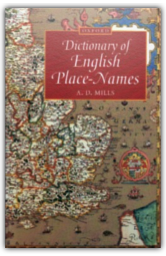 The Dark Knight Strikes Again 1
Frank Miller, Lynn Varley
The Dark Knight Strikes Again 1
Frank Miller, Lynn Varley
Written and illustrated by Frank Miller; cover by Miller. 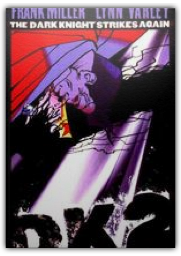 The Dark Knight Strikes Again 3
Frank Miller, Lynn Varley
The Dark Knight Strikes Again 3
Frank Miller, Lynn Varley
The Dark Knight Strikes Again is Frank Miller's follow-up to his hugely successful Batman: the Dark Knight Returns, one of the few comics that is widely recognized as not only reinventing the genre but also bringing it to a wider audience.Set three years after the events of The Dark Knight Returns, The Dark Knight Strikes Again follows a similar structure: once again, Batman hauls himself out of his self-imposed retirement in order to set things right. However, where DKR was about him cleaning up his home city, Gotham, DKSA has him casting his net much wider: he's out to save the world. The thing is, most of the world doesn't realize that it needs to be saved—least of all Superman and Wonder Woman, who have become little more than superpowered enforcers of the status quo. So, the notoriously solitary Batman is forced to recruit some different superpowered allies. He also has his ever-present trusty sidekick, Robin, except that he is a she, and she is calling herself Catwoman. Together, these super-friends uncover a vast and far-reaching conspiracy that leads to the President of the United States (Lex Luthor) and beyond. 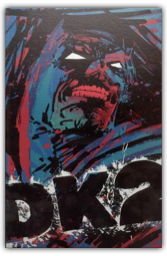 The Dark Knight Strikes Again 2
Frank Miller, Lynn Varley
The Dark Knight Strikes Again 2
Frank Miller, Lynn Varley
The Dark Knight Strikes Again is Frank Miller's follow-up to his hugely successful Batman: the Dark Knight Returns, one of the few comics that is widely recognized as not only reinventing the genre but also bringing it to a wider audience.Set three years after the events of The Dark Knight Returns, The Dark Knight Strikes Again follows a similar structure: once again, Batman hauls himself out of his self-imposed retirement in order to set things right. However, where DKR was about him cleaning up his home city, Gotham, DKSA has him casting his net much wider: he's out to save the world. The thing is, most of the world doesn't realize that it needs to be saved—least of all Superman and Wonder Woman, who have become little more than superpowered enforcers of the status quo. So, the notoriously solitary Batman is forced to recruit some different superpowered allies. He also has his ever-present trusty sidekick, Robin, except that he is a she, and she is calling herself Catwoman. Together, these super-friends uncover a vast and far-reaching conspiracy that leads to the President of the United States (Lex Luthor) and beyond.  The Sexual Life of Catherine M
Catherine Millet
The Sexual Life of Catherine M
Catherine Millet
A publishing sensation upon its original publication in France, Catherine Millet's The Sexual Life of Catherine M is one of the most sexually explicit books ever written by a woman. Ostensibly a semi-autobiographical account of the sexual life of the author, the editor of an influential Parisian art magazine, the book is a frank and detailed account of Millet's development from an awkward, guilt-ridden Catholic teenager to sophisticated Parisian intellectual and enthusiastic member of the singles bars, orgies and public sex spaces of Paris. |
 Made with Delicious Library
Made with Delicious Library
London, State zipflap congrotus delicious library Scott, Mike
